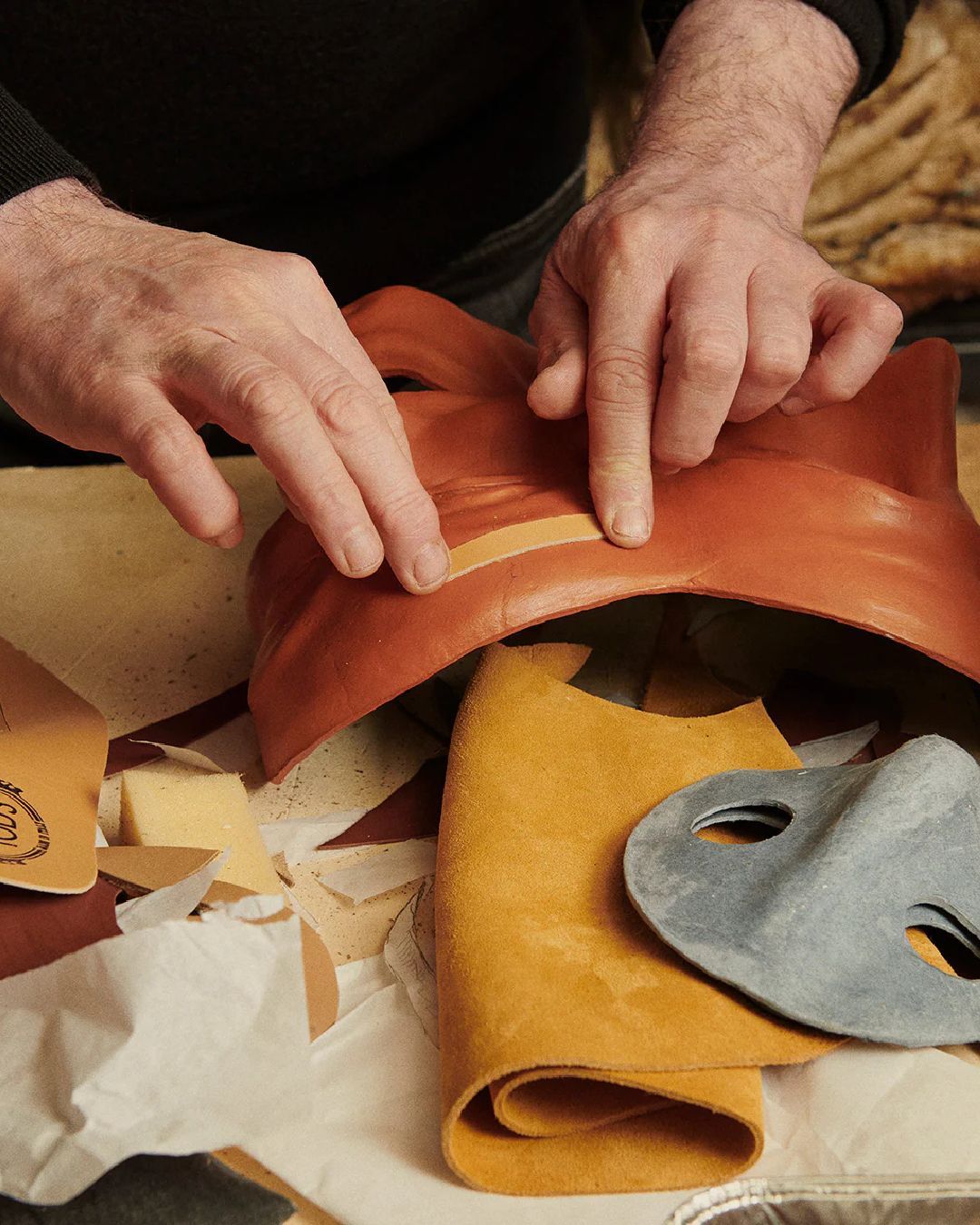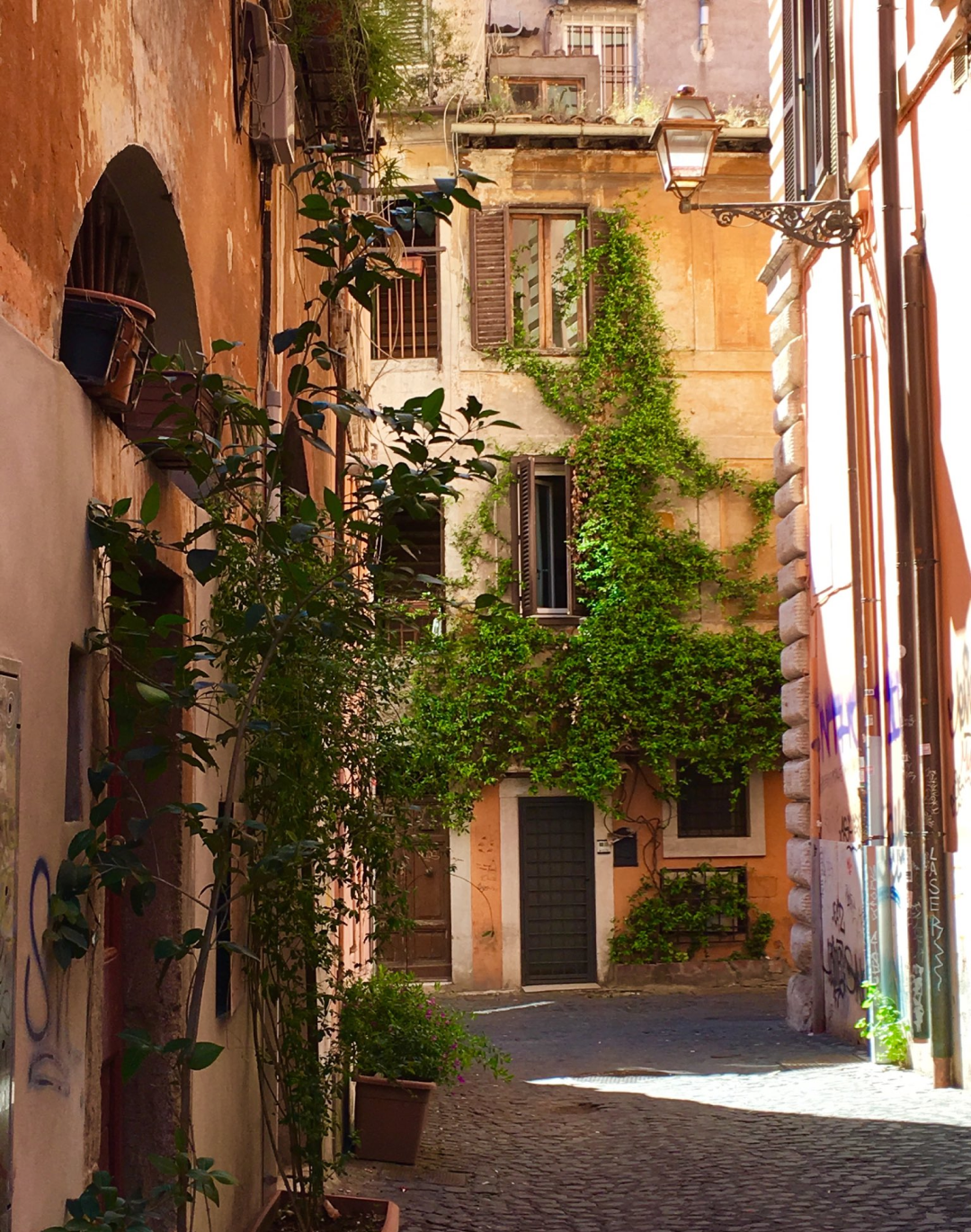
Is the High School of Made in Italy already a flop? The government's new initiative is not pleasing anyone at all
In his opening speech at Pitti Immagine, Minister of Enterprises Adolfo Urso emphasized the importance of Made in Italy, announcing the upcoming enrollment for the "High School of Made in Italy" as a government initiative. However, recent proposals to introduce this study program have sparked criticism and concerns among educators, school leaders, and parents. Some have noted the contradiction of promoting Italian culture with an English term. Others see a real paradox in creating such a school in a country where entrepreneurship is increasingly moving abroad, tax pressure is high, and the job market is challenging. Despite being presented as an initiative to promote Italy's cultural and productive heritage, the project seems to be facing numerous obstacles and a lack of interest, even just days before the deadline for schools to request activation, set for January 15. One major point of criticism is the substantial similarity between the new high school and the existing Human Sciences High School. Already, many schools in various Italian regions have announced their decision to not adopt the new high school. Reasons range from a supposed lack of clarity in ministerial guidelines to a lack of textbooks and adequate financial resources. The risk of a real flop seems concrete, with many schools opting not to activate the new program.
COSA CAMBIA DA UN QUALSIASI ALTRO LICEO https://t.co/WK1MVgefv6 pic.twitter.com/SMETIdqyDb
— spirito sfranto (@SpiritoSfranto) January 4, 2024
The addition of some hours of art history and the removal of some hours of foreign language seems to have transformed the old high school into a new version dedicated to "Made in Italy." This semantic modification, according to many, appears to be more of a political maneuver than an actual improvement in the educational offering. Despite the rhetoric of promoting "Made in Italy," the curriculum of the new high school seems to lack key elements. In particular, the absence of subjects related to enogastronomy, one of Italy's excellence sectors, has raised significant criticisms. The proposed subjects seem to focus mainly on traditional disciplines such as Italian language and literature, history, law, and political economy, without adequately considering productive sectors linked to Italian identity. School principals have expressed concerns about tight deadlines and a lack of clarity in the activation procedure for the new high school. The ministerial note that added the new address arrived late, giving schools little time to adapt and make informed decisions. The lack of detailed national guidelines has increased uncertainty and resistance among schools to participate in this initiative.
While enrollment for the "Made in Italy High School" will open on January 23, many doubts persist about its actual implementation. Uncertainties related to staff, a lack of resources, and the haste in introducing this new program seem to undermine the credibility and effectiveness of an initiative that, on paper, was supposed to be a significant contribution to the education of Italian students. The introduction of the "Made in Italy High School" could be an example of how a name change does not always correspond to a substantial improvement. While promoting Made in Italy should be a cornerstone of any national political agenda, these proposals appear clumsy and inadequate, with a public school system struggling to prepare individuals for the workforce or university. And it seems, from initial indications, that the proposal has not been very successful among new enrollees in upper secondary education. Instead of focusing on superficial initiatives, it might be wiser to invest in a deeper and well-structured reform of the Italian education system.















































